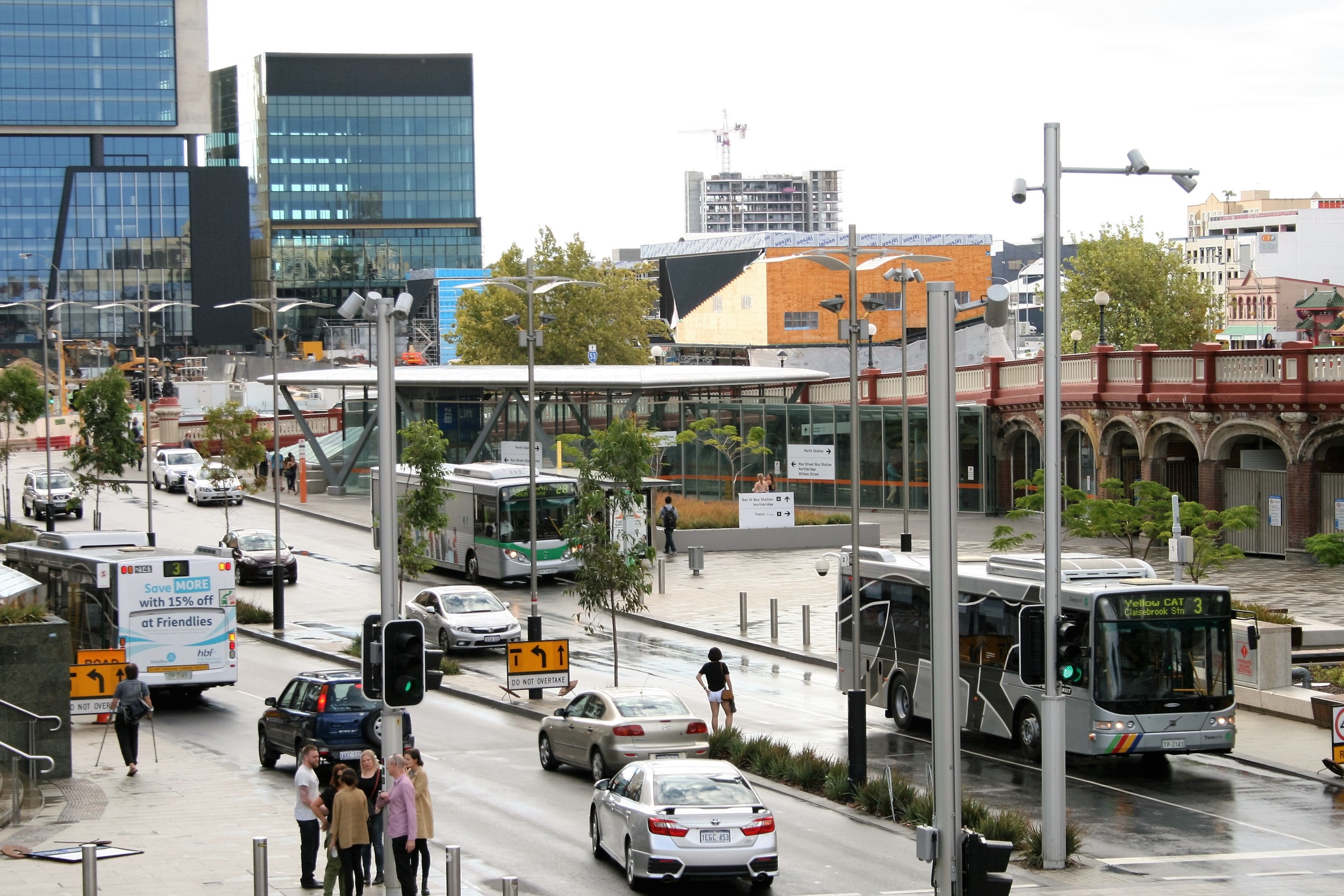Our Approach
Far Lane takes a multi-disciplinary approach to our work, drawing from the wisdom of fields including economics, demographics, business, strategic foresight, social psychology, finance and engineering to provide tangible, meaningful and practical advice and support to our clients.
We are:
- Change agents – supporting those that wish to bring about positive change
- Consensus builders – working within teams and stakeholders to build a common vision of what is possible
- Evidence based – building frameworks for decision-making based upon the best possible evidence available
- Honest brokers – providing insights based upon where the evidence takes us, rather than what is easy or popular
- Immersive – working for the long haul to set our clients up for success
- Global scanners, local enactors – utilising the best evidence from around the world and applying it to a unique local context
THEMES OVERVIEW
Far Lane focuses on four interrelated themes within change processes; building understanding; drivers of change; enablers of change; and delivering change.
These themes form the basis for how we approach our work, and engage with our clients.
































“…productive entrepreneurs focus first on growing the pie, unproductive entrepreneurs are focused first on dividing the pie, and destructive entrepreneurs are really only interested in stealing the pie.”